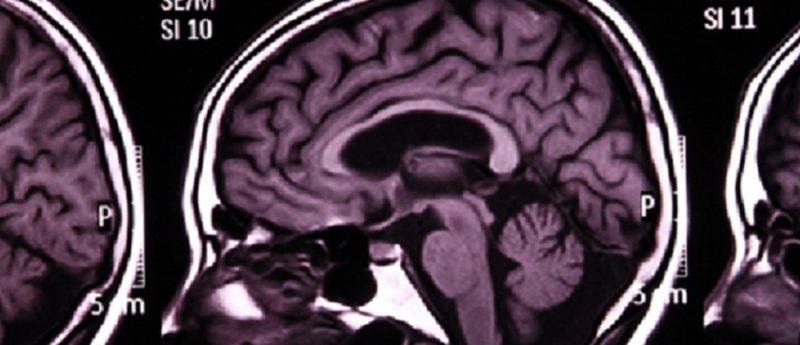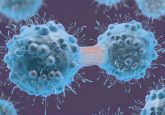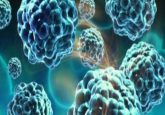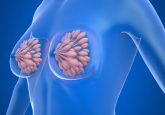Nanoparticle-induced photocatalytic head and neck squamous cell carcinoma cell death is associated with autophagy

Aim: To characterize molecular mechanisms underlying photocatalytic cell death of head and neck squamous cell carcinoma (HNSCC) by zinc oxide nanoparticles (ZnO-NPs). Materials & methods: Human HNSCC-derived FaDu cells were incubated with ZnO-NPs followed by UVA-1 irradiation. Cytotoxicity was assessed by MTT assay and annexin-V propidium iodide test. Autophagy was detected by autophagosome accumulation, conversion of light chain 3 I to II, and lysosomal activity. The generation of reactive oxygen species was measured using the 2´,7´-dichlorofluorescein-diacetate test. Results: Apoptosis-independent cytotoxic effects were induced by 0.2- and 2-µg/ml ZnO-NPs and UVA-1. FaDu cells promoted autophagosome formation. Significantly elevated light chain 3 II and reactive oxygen species were seen after the combined application of both ZnO-NPs and UVA-1 as photocatalytic treatment. Autophagy probably mediates cell survival under UVA-1 or ZnO-NP exposure alone but induces self-digestive cell death after combined treatment. Conclusion: The effect of autophagy on HNSCC viability after nanoparticle-induced photocatalytic treatment seems to depend on the impact of the physicochemical trigger.
Click here to view full article.




